Content
Correct planting of cabbage in open ground
One of the main conditions for planting many vegetable crops in open ground is good lighting. Cabbage is no exception. However, intense sunlight can damage the plant, resulting in burns on the leaves. There is only one way out - you need to find a place with partial shading.
Can cabbage be planted in the shade?
To ensure normal growing conditions, it is a good idea to find out which crops will thrive in the shade. For example, cabbage, white cabbage or cauliflower, unlike corn and eggplant, feels great in shade under fruit trees when it comes to southern regions. And the plant reacts positively to low temperatures. Seedlings make their way to the surface of the soil with an indicator of only + 3 ° С, although the best development of shoots occurs at + 20 ° С... But the temperature above +25 degrees negatively affects the yield and quality of the fruits, the lower leaves fall off, and the tissues of the upper ones become very dense. Therefore, partial shade is considered a necessity at a stable high temperature. In temperate climates, it is necessary to plant in areas open to sunlight; in the shade, the plant spends a lot of energy on development, which manifests itself in a slight inhibition of growth.
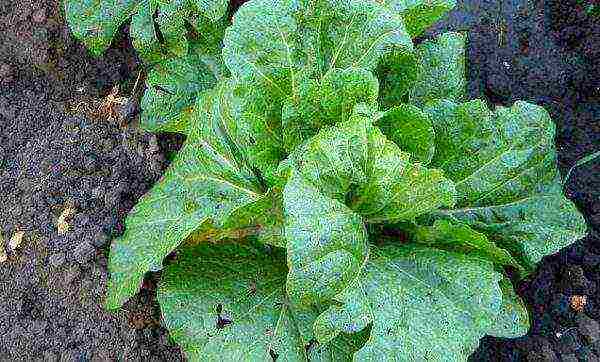
Where is the best place to plant?
It is better to plan a bed for cabbage at the place of cultivation of cucumbers, tomatoes, potatoes, onions, and legumes last season. And after beets, turnips and radishes, you should not plant cabbage seedlings. As neighbors, she loves legumes (peas, beans), tomatoes, beets, onions, garlic. It is recommended to arrange the beds from east to west, a small shadow is allowed.
The most popular varieties, sowing dates
The selection of cabbage seedlings is quite large, but there are time-tested varieties that are distinguished by good yields and resistance to adverse weather conditions, especially in early spring. The leaders in popularity are:
- Glory - the average ripening period, the weight of the head is from 2 to 4.5 kg, the diameter is about 25 cm, the yield from 1 m2 is up to 12 kg;
- Moscow late - ripening period up to 150 days, average fruit weight 7 kg, yield from 1 m2 up to 15 kg;
- June - ripens in 90-120 days, head weight is on average 2.5 kg, yield is 7 kg per 1 m2;
- Present - heads of cabbage ripen in 120-135 days, the average weight of the head is up to 3.5 kg, the yield from 1 m2 is up to 10 kg;
- Amager - ripening period up to 140 days, the average weight of the head is 3-3.5 kg, from 1 m2 up to 7 kg of crop are removed.
Open ground planting rules
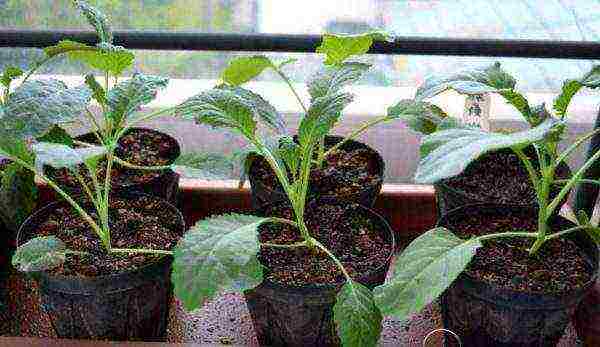
The laying of the future harvest is done by the correct planting. When performing work, it is worth considering the main factors affecting the vegetation of the plant and fruiting.
The right choice of seedlings
For planting in open ground, seedlings are selected that have reached 12-20 cm in height with 5-7 leaves formed. Typically, seedlings reach these parameters by early May (early varieties) if sown at the end of March. It is not difficult to grow seedlings yourself, the main thing is to provide a temperature regime and good lighting (at least 12-15 hours a day).
When buying cabbage seedlings, you should give preference to shoots with a well-developed root system.
What kind of soil does a vegetable like

A plot for a garden bed is chosen taking into account the rules of crop rotation and proximity to other crops. Preparations begin in the fall. First, they do a thorough cleaning, removing plant residues from the soil, then fertilizer (organic matter or minerals) is introduced, and at the same time they dig up the earth to a depth of at least a shovel bayonet. As soon as the snow melts, the future bed must be sealed so that the moisture does not evaporate quickly. For this, the soil is leveled with a rake (harrowing).
Immediately before sowing, the bed is dug up and harrowed again.
Disembarkation, time, scheme and distances
Before planting, the roots of the seedlings are recommended to be treated with a talker, which is made from water, clay and mullein. The resulting layer between the root system and the soil will protect against decay. In addition, it contributes to the rapid survival of seedlings in a new place.
Deep holes are prepared for each root. An additional cavity is necessary for filling the mixture, which includes:
- 500 gr. humus (compost);
- 1 tsp superphosphate (nitrophosphate);
- Art. l. wood ash.
All components are mixed thoroughly with the soil and poured into the prepared wells, after which they are watered with water. The seedlings are buried in the ground to the first true leaf. When planting, the roots should be well pressed with earth so that after watering or rain, the plant does not wash out of the soil. Distances and hole layout:
- early varieties - 50-60 cm between rows, 30-35 in a row;
- mid-season and late varieties - 60-70 cm between rows, 50-60 cm in a row.
Some varieties require more space, such as Moscow late 15, which is planted in a 70x70 cm pattern.
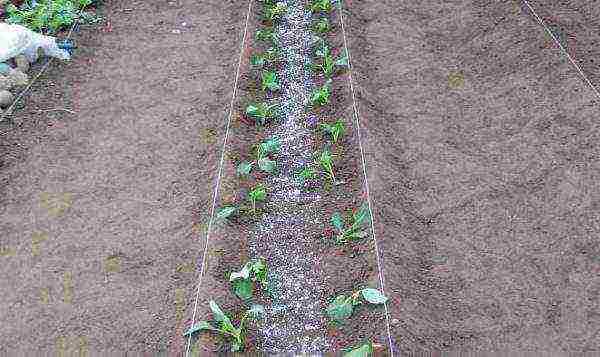
After planting cabbage beds, it is advisable to mulch with a mixture of peat and humus or one of the components (layer thickness 1-2 cm). The work is best done in the evening or in cloudy weather.
Care after landing
From the first day after disembarkation, you can start looking after the beds.
Watering, without it nothing will grow
Cabbage is demanding on moisture, so the watering regime should be strictly observed. Irrigation is carried out at intervals of 4-6 days in the evening or in cloudy weather... If you water the plants in a sultry heat, the seedlings will wither from the scorching sun's rays. At a stable high temperature, the regularity of watering should be increased up to 1 time in 2-3 days.
After irrigation, it is recommended to loosen the soil to prevent compaction. So the roots will be more comfortable to develop. It is better to mulch the surface of the beds, so the moisture in the soil will remain longer, and the growth of weeds will not be as intense. The peat mulch layer is 5 cm.
Top dressing for the sake of the harvest

When the leaves of the transplanted seedlings grow, the soil is fed with a solution of ammonium nitrate (10 grams of funds per bucket of water). At the stage of leaf formation, feed is introduced into the head of cabbage: 4 g per bucket of water. urea, 8 gr. potassium sulfate and 5 gr. double superphosphate.
Weeding and loosening
During the season, about 3-4 weeding and the same amount of loosening are carried out.It is better to combine this work and carry it out after watering, when the soil softens, and the risk of breaking a young shoot is reduced to zero.
So that the weeds do not bother with their presence, it is recommended to cover the cleaned beds with a layer of peat or humus.
Treatment
After planting the seedlings, the beds are dusted with wood ash. It prevents flea and slug infestation on the plant. The effect of processing will increase if tobacco dust is added to the ash.
From other no less dangerous pests, cabbage will be saved by spraying procedures from an infusion of onion peels, tomato tops, a solution based on tar soap.
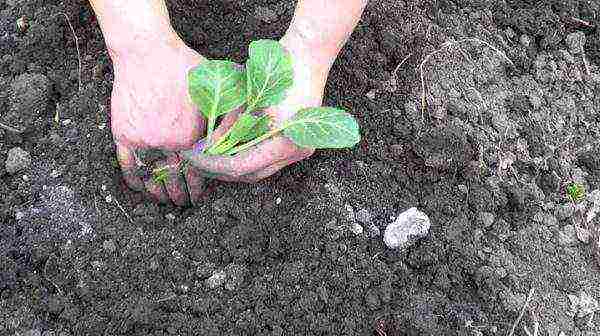
Landing errors
Undoubtedly, diseases and pests are the main enemies of the crop, but mistakes made by inexperienced gardeners when planting cabbage can also affect it. Among the typical are the following.
- Cabbage will be of poor quality (practically without a head of cabbage) if planted in the shade, where there is no sun at all. Planting near tall crops is allowed only with partial shading.
- Novice gardeners begin planting in unprepared soil. You can't get a good harvest if you don't first enrich the soil with organic matter and minerals. Cabbage reacts very positively to organic fertilizers, which are introduced during the preparation of the garden and with regular feeding.
- For sowing, you cannot use all the seeds in a row. Sowing should only be sorted and processed. This will increase germination and strengthen the immunity of young shoots.
- When growing seedlings, some gardeners use small cups. It is almost impossible to create drainage in such a container, and the root system will develop closely. To get strong seedlings, it is recommended to use peat or plastic pots with a volume of at least 250 ml for 2-3 grains.
- Often, when transplanting seedlings into open ground, there is a long period of survival in a new place. This error most likely signals a violated disembarkation date. It is worth completing the work a couple of weeks earlier, or later, the leaves on the shoot begin to fade and even wither. The recovery period of the plant is delayed, and with it the development of cabbage.
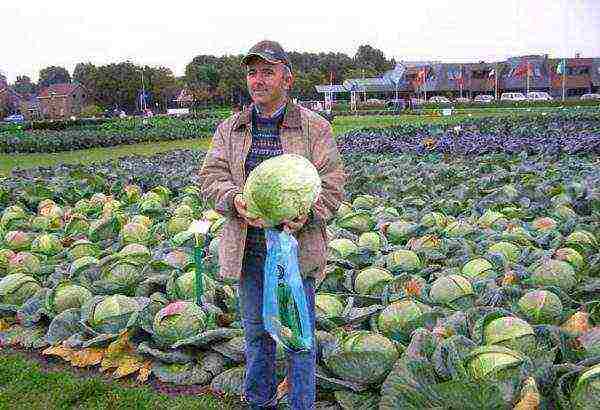
Do everything right and you will have a harvest When sowing seeds, you should pay attention to the depth of their immersion in the soil. When germinating from deep grooves, the plant spends all its strength, as a result of which a weak seedling is obtained, prone to diseases.Growing vegetables on your own plot is an exciting activity, which gives you the opportunity to accumulate your own experience. However, you should not experiment with the rules of care, otherwise you may be left without a crop.


